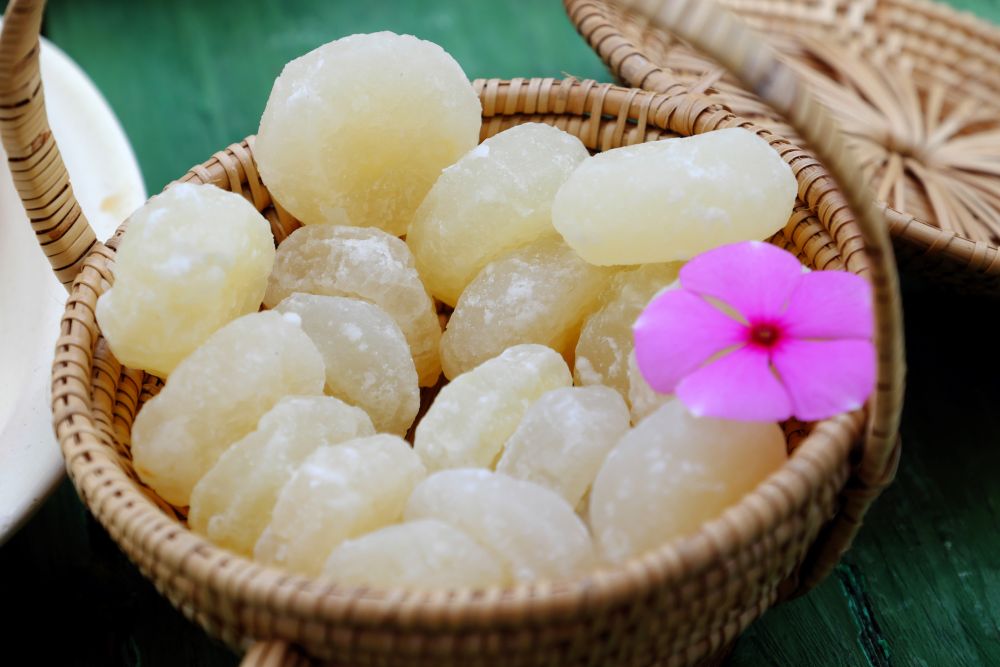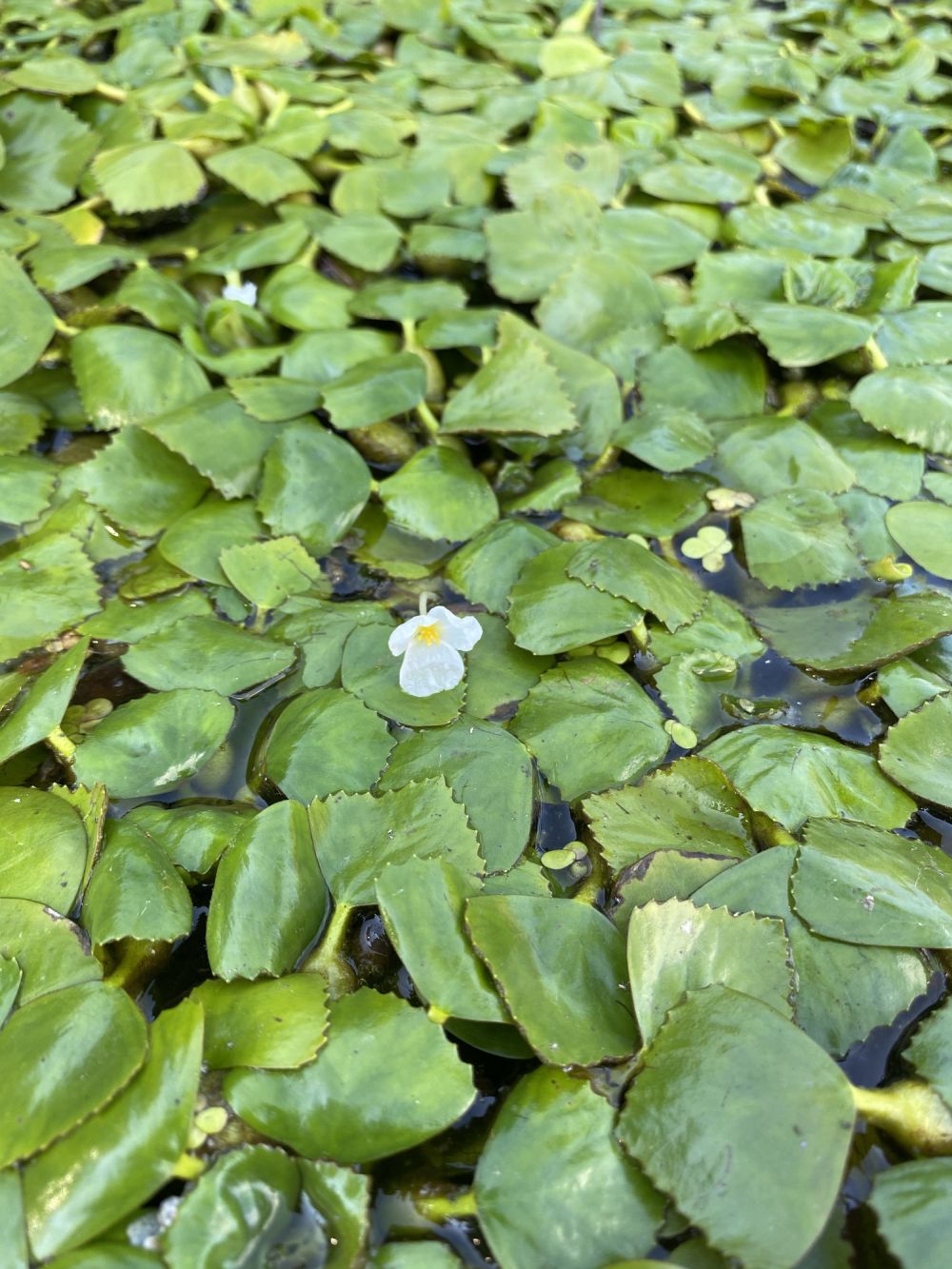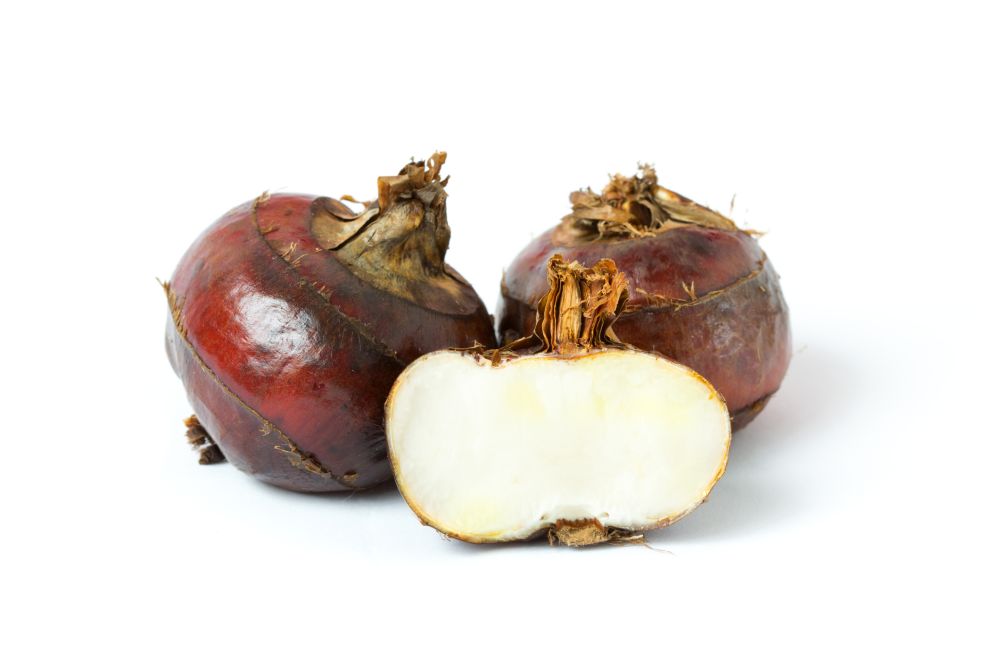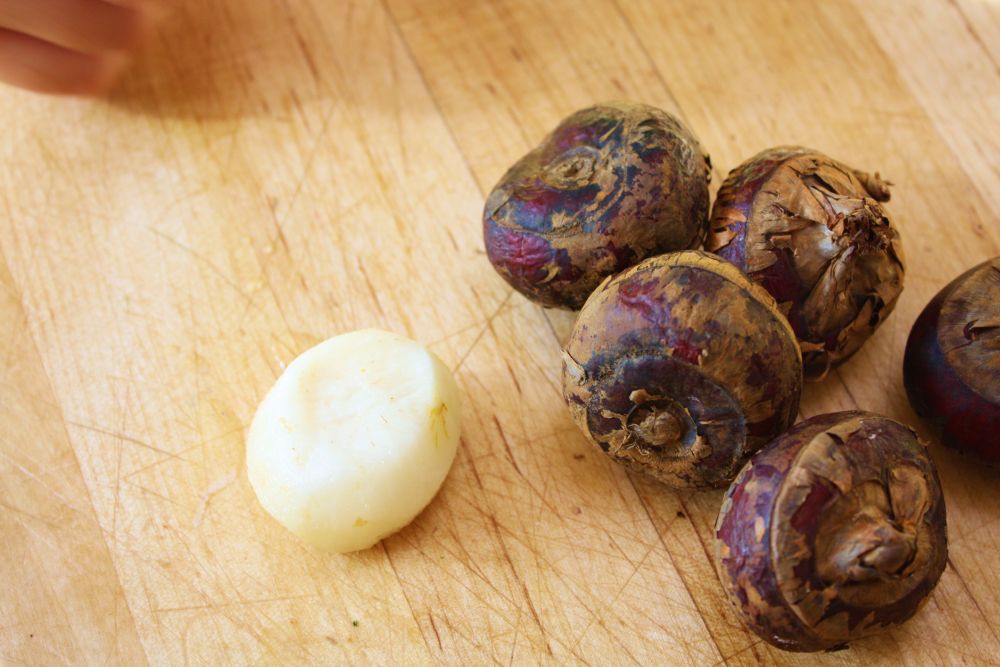Water Chestnut Care – How To Grow And Harvest Water Chestnuts
To say that water chestnut is not for everyone is putting it mildly. This has nothing to do with the fruits of the grass-like plant. These fruits (called corms) are sweet and crunchy both raw and cooked. The main reason that would put this aquatic plant beyond the limitations of the average or hobbyist gardener is that it needs to grow in constantly wet conditions such as paddies and marshes.
But if you’re here and reading this article, that means you are interested in growing water chestnuts. And rather than investing in a costly hydroponic system or flooding your garden to satisfy this plant’s peculiar growing conditions, there are easier and less messy ways to grow it. Read on to find out how to grow water chestnut in your garden and how to care for and harvest it.
Water Chestnut at a Glance
Water chestnut (Eleocharis dulcis) is a tropical sedge native to Asia, parts of Africa, and Oceania. If your experience with this aquatic plant is limited to the canned water chestnuts you buy at the Asian market, you’re in for a big surprise when you taste its fresh corm.
The corm is the edible part that grows under the surface of the water and has a hint of a nutty flavor. It grows to about 2 inches in diameter and has shiny black skin. You’ll need to peel off this skin before you can eat the crunchy white flesh. Some people like to roast it, sauté, stir-fry, or boil it. If you don’t like the slightly nutty taste, then some copious amounts of seasoning might be necessary to obscure the taste. It’s not recommended to eat it raw since it could cause the intestinal disease fasciolopsiasis.
As a tropical plant, it’s suitable to grow in zones 9 to 11. While the roots, fruits, and crown of the aquatic sedge remain underwater, tubular leaves shoot out, breach the surface, and rise to about 5 feet. Although the leaves are not edible, you can still have many uses for them in your garden as mulch. They also make good compost, especially when combined with other plants such as mushrooms, banana peels, coffee grounds, and plant-based food scraps. The leaves also serve as a source of food for livestock.
Water Chestnut Varieties
While there are many varieties of water chestnut, not all of them are edible or suitable for growing in the garden. When choosing a variety to grow, the Chinese variety is the one that comes most recommended. This is the one that you’ll eat at an Asian market and the one that is easiest to grow. Still, you might want to experiment with other varieties. Here are the three main types of water chestnut to plant.
- Chinese Water Chestnut (Eleocharis dulcis): Despite the name, this is neither a nut nor a chestnut. So don’t confuse it with water caltrop which is a totally different plant. And the only resemblance this variety has to chestnuts is the brown skin of the corms. The round fruits are packed with protein, carbohydrates, fiber, and vitamins. It’s best eaten cooked and you can boil it, broil it, or grill it. In traditional medicine, it’s used to treat cough and digestive ailments.
- European Water Chestnut (Trapa natans): This species goes by many names including buffalo nut, bat nut, devil pod, and water caltrop. Unlike the Chinese water chestnut, this is actually a nut. So it’s actually a different plant. The nuts have a sharp taste even if they’re rich in nutrients. You need to handle them with care as well since they’re protected by sharp spines.
- Indian Water Chestnut: This is another variety of Trapa natans and has no relation to the Chinese water chestnut. It grows mainly in India where farmers grow it commercially in ponds. The nuts of this aquatic plant have a mild taste and are used mainly as a source of food and in traditional medicine.
To avoid any confusion, you should grow the Chinese water chestnut (Eleocharis dulcis) variety, since that’s the real water chestnut and the focus of this article. The other two varieties are actually different plants and produce nuts instead of crunchy corms.
How to Grow Water Chestnut
Since water chestnuts grow in ponds, paddies, and marshes, that takes your garden out of the equation. The only way you can grow this sedge at home is in a container. Luckily, that’s not such a daunting task as might appear at first glance. And once you get the hang of it, this aquatic plant will become just like any other potted plant you have at home. Here’s how to grow water chestnuts in a container in easy steps.
- The best time to start water chestnuts is in the spring. They need temperatures above 70 degrees Fahrenheit throughout their life to grow and produce. If you live in zones other than 9 to 11, you can grow the aquatic plants in a greenhouse.
- You can start water chestnut from either the corms or seedlings. Your local nursery would have either or both of these for sale.
- Purchase a 26-gallon plastic tub to accommodate your plants. This should cater to up to 35 water chestnut plants easily.
- Fill the bottom of the container with an organic potting mix. It shouldn’t fill more than 9 or 10 inches of the plastic tub. Spread it out using a spade.
- Start with just two corms or seedlings and use corms from the mature plants for propagation.
- Dig a 2-inch hole in the soil and place the corm or seedling. Backfill the hole and pack the soil firmly.
- Do the same for the other corm placing it at the far end of the container.
- Fill the container with water using room temperature water and avoid disturbing the planted corms.
- When you’re done, the corms should be sitting snugly under 4 inches of water.
- Keep the tub in a spot that gets full sun or partial shade.
Water Chestnut Care
Although aquatic plants sound like they’re a lot of hassle, they’re in fact a lot easier to grow and care for than regular plants that grow in the soil. For one thing, watering is no longer an issue. You don’t have to worry about overwatering the plants or the risk of root rot. But having a tub full of water can also have unexpected drawbacks such as mosquitoes.
Soil
Although the potting mix you use in the container will be submerged for the next 6 to 7 months, it still needs to be sandy and loose. That is the right soil texture that allows the roots and, later tubers, of the water chestnut to grow. And to be fair, at some point, you won’t be able to tell the difference between the soil and the water in the muddy sludge in the tub. Still, the soil texture and its acidity are crucial for the success of your plants. And debris in the soil could damage the skin of the tubers. As for the soil pH, it should be between 6.0 and 7.2. To amend this wet soil, use dolomite cautiously. High soil acidity could lead to stem diseases.
Water
Since water chestnut plants float around in a tub of water throughout their lives, your only task would be to keep the water at the exact levels these aquatic plants like them. For best results, the water level should not go above 4 inches. Set a 4-inch mark on the side of the tub to help you replenish the water when it evaporates. Always use room-temperature water to avoid shocking the plants. The only time that water will be drained is when it’s time to harvest your ripe tubers. And while it’s hard to keep the muddy water clear, avoid throwing debris or organic materials in the tub. If these materials rot in the water, they could change the acidity levels of the water and soil.
Fertilizer
For the most part, water chestnut plants need three basic nutrients. These are nitrogen, magnesium, and calcium. Both phosphorus and potassium don’t contribute much to the growth or yield of the plant. Nitrogen by far is the most important nutrient that the sedges need. You should apply a custom 20-6-6 fertilizer and side-dress with supplements high in magnesium and calcium. Organic compost and aged manure won’t work here since the plant is submerged in water all the time. Although you could use seaweed extracts as long as they are in liquid form. The green tubular leaves of the aquatic plant will tell you if you need to add more nitrogen. If the plant appears to grow at a slow rate, apply the fertilizer and keep the water levels at 4 inches high.
Pests and Diseases
With so much water, regular garden pests have no way of reaching the succulent leaves of the water chestnut. However, this much standing water can be ideal breeding grounds for another far more annoying pest, the mosquito. You can’t cover the tub because that would deprive the plants of sunlight. And you shouldn’t spray the water with an insecticide either, since there’s a high risk the roots will absorb the insecticide and store it in the tubers. Some people grow fish in the tub to feed on the mosquito eggs and larvae. A couple of goldfish would get the job done as long as you keep them safe from the house cat.
As for diseases, the only disease that affects this sedge is stem blight. This is a fungal disease that infects the stems of the plant. The culprit here is high levels of acidity in the water and soil. So, ensure the soil pH is between 6.0 and 7.2 and fish out any debris or organic materials that fall in the water before it rots. If one plant gets infected with stem blight, remove it immediately before it infects the rest of the plants.
Harvesting Water Chestnut
The corms of the water chestnut become ripe and ready to harvest about 6 to 7 months after planting the seedlings. One good sign that your tubers are ready for the picking is when the tubular leaves turn yellow and start to dry out.
Before you can harvest the corms, drain out the water in the tub to make it easier for you to pull out the whole plant. Search through the roots of the plants and collect the tubers. But before you can cook them, you’ll need to wash them carefully under running water then dry them out with a kitchen towel.
As for the dried leaves, you can use these as mulch or make highly nutritious compost at home.




Water chestnut (trapa natans) is an aquatic invasive species in the U.S. Personal growing should be discouraged. The transport and possession of plants is illegal in certain states.